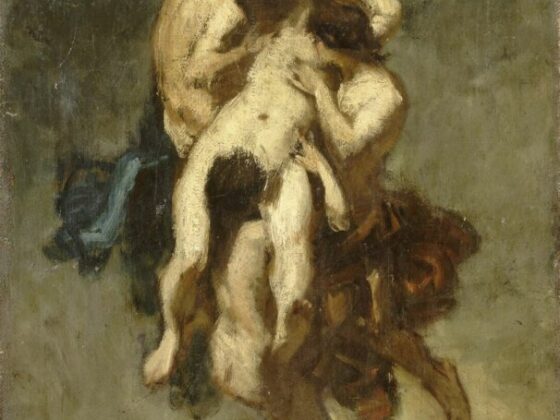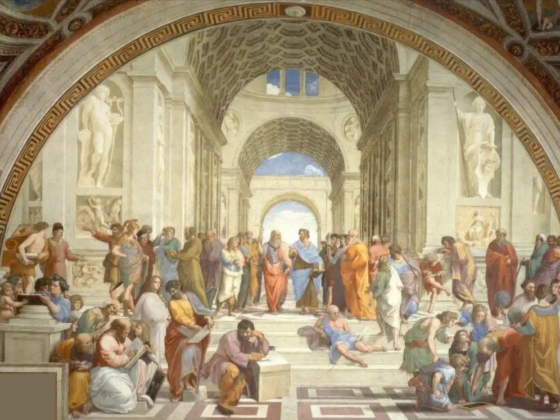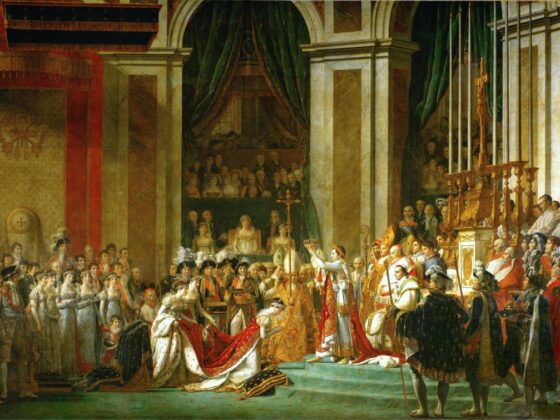In Korean art, animals are not only depicted for their aesthetic beauty, but they also hold symbolic meanings and represent different virtues and qualities. For example, the tiger is a frequent symbol of courage and strength, while the crane represents longevity and wisdom. These animal symbols are often used to convey specific meanings and messages in Korean art, and their use can be traced back to ancient Korean beliefs and practices.
Animal imagery in historical Korean painting
Through the ages, animals have been a common subject of Korean painting, and their use has evolved over time. While they were first primarily depicted in a realistic manner, with artists focusing on capturing their natural beauty and features, during the late Joseon period, animal imagery became more symbolic, with artists using animals to convey political and social messages.
In contemporary Korean art, animal imagery continues to be a popular theme, with many artists exploring new ways to incorporate animal symbolism into their works. Some artists use animals to address modern social issues, including animal rights and environmentalism, while others use animals as a way to explore the human condition and our relationship with the natural world.
To summarize, the use of animal imagery in Korean painting has a rich and varied history and has been reflecting the country’s cultural and spiritual beliefs for millennia. From the early depictions of realistic animals to animal symbolism, animal imagery continues to play a significant role in Korean art today, making it one of the most important Korean art traditions.








